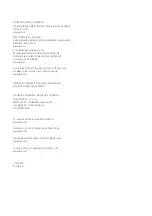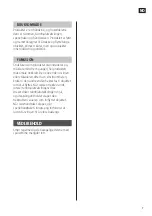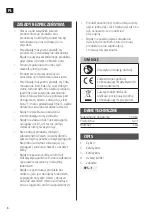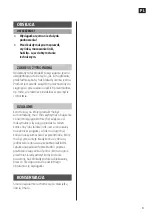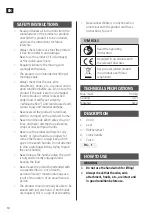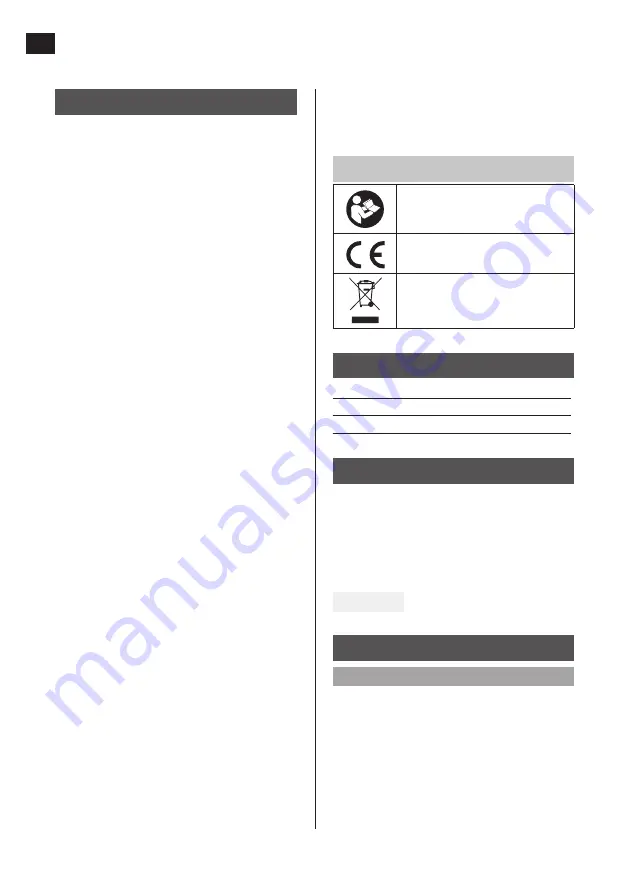
EN
10
• Never allow children, or anyone who is
unfamiliar with the product and these
instructions, to use it.
SYMBOLS
Read the operating
instructions.
Approved in accordance with
the relevant directives.
Recycle a discarded product
in accordance with local
regulations.
TECHNICAL SPECIFICATIONS
Max. load
350 kg
Gearing 3,2:1
Material Steel
DESCRIPTION
1. Drum
2. Gear
3. Ratchet wheel
4. Crank handle
5. Catch
FIG. 1
HOW TO USE
WARNING!
• Do not use the hand winch for lifting!
• Always check that the wire, wire
attachment, hooks, etc., are intact and
in good condition before use.
SAFETY INSTRUCTIONS
• Read and follow all instructions from the
manufacturer of the product or products
on which this product is to be installed,
and save the instructions for future
reference.
• Always check before use that the product
is free from defects and damage.
Never use the product if it is damaged,
as this could cause injury.
• Regularly lubricate the moving parts
sparingly with grease.
• The product is not intended for lifting or
moving people.
• Always check that the wire, wire
attachment, hooks, etc., are intact and in
good condition before use. Do not use the
product if the wire is worn or damaged.
If a wire breaks or comes loose when
under load, it will fly out violently
(“whiplash effect”) and could cause death,
serious injury and material damage.
• Never exceed the product’s rated load,
which is stamped on the product’s frame.
• Never stand beside winch wires, straps or
lines, and never attempt to guide wires,
straps or lines with your hands.
• Never use the product with wet or oily
hands, or if your hands are slippery for
some other reason. Always keep a firm
grip on the winch handle. Do not attempt
to stop a rotating winch by trying to grab
the crank handle.
• Never release the handle unless the catch
is fully and correctly engaged and is
bearing the load.
• Never leave the product unattended with
a suspended load – risk of death,
personal injury or material damage as a
result of the actions of an unauthorised
person.
• The product should normally be able to be
wound with just one hand. If both hands
are required, this is a sign of overloading.
Summary of Contents for 009837
Page 3: ...1 1 2 4 5 3...


